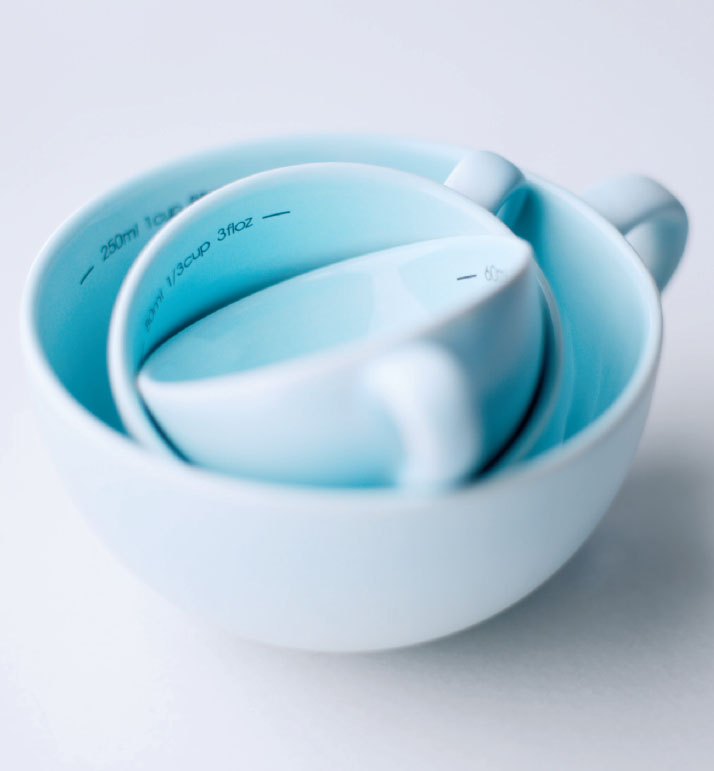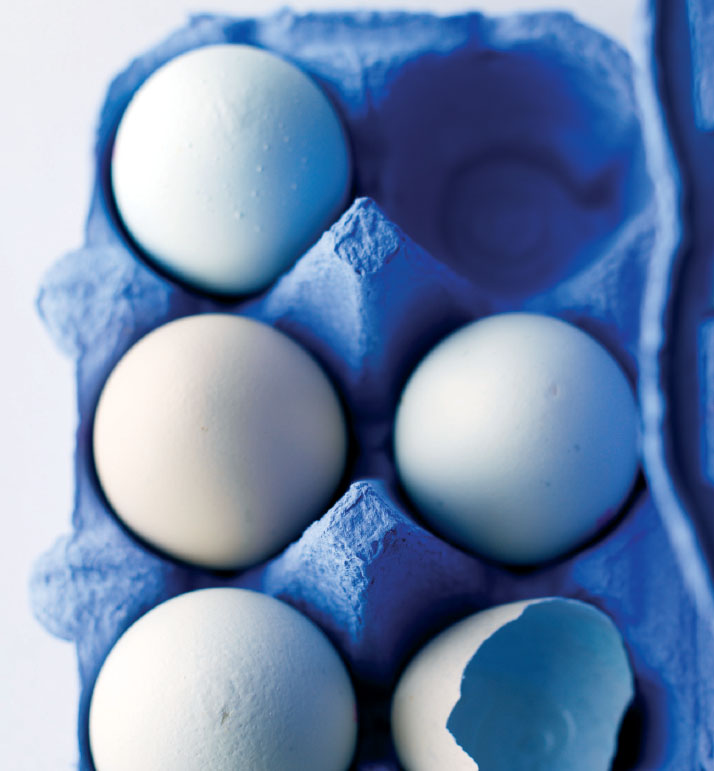
Полная версия
100 Magnificent Muffins and Scones



Collins
An imprint of HarperCollinsPublishers Ltd.
1 London Bridge Street
London SE1 9GF
www.harpercollins.co.uk
First published in 2006 by Collins
Collins is a registered trademark of HarperCollins Publishers Ltd
Text © Felicity Barnum-Bobb, 2006
Photography © Steve Baxter and Marie-Louise Avery, 2006
Photographer: Steve Baxter/Marie-Louise Avery
A catalogue record for this book is available from the British Library
Felicity Barnum-Bobb asserts her moral right to be identified as the author of this work
All rights reserved under International and Pan-American Copyright Conventions. By payment of the required fees, you have been granted the nonexclusive, non-transferable right to access and read the text of this ebook on screen. No part of this text may be reproduced, transmitted, downloaded, decompiled, reverse engineered, or stored in or introduced into any information storage retrieval system, in any form or by any means, whether electronic or mechanical, now known or hereinafter invented, without the express written permission of HarperCollins ebooks
HarperCollinsPublishers has made every reasonable effort to ensure that any picture content and written content in this ebook has been included or removed in accordance with the contractual and technological constraints in operation at the time of publication
Source ISBN: 9780007229321
Ebook Edition © FEBRUARY 2017 ISBN: 9780007582020
Version: 2017-02-20




Contents
Cover
Title Page
Copyright
Introduction
Troubleshooting
Brilliant for Breakfast
Children’s Choice
Classic Combinations
Something Savoury
Slimline Selection
Special Diets
Scones
Time to Indulge
Fit for a Celebration
Internationally Inspired
Nutritional Table
About the Publisher
Introduction
What exactly is a muffin? Is it a cake, bun or type of bread? By working your way through the 100 recipes in this book, you’ll discover that it can be all those things. There are muffins and scones here to suit every mood and occasion: sweet and savoury, slimline or indulgent, for a special diet or a special occasion, mini-muffins for children or batch-baking for a party, this book’s got it sorted.
American muffins
This book is bursting with recipes for American muffins. Why? Because they are just so easy to make. They taste fantastic and everyone loves them. And best of all, they only take about 30 minutes to make. That’s the kind of cooking I go for – deeply satisfying yet speedy. Unlike English muffins (see below), these American treats contain baking powder, the magic ingredient that makes them rise into divine little cakey treats. Don’t get led astray by the shop-bought versions, which are always seriously over-sweet – real home-made muffins are never too sweet and they can, of course, be savoury too.
English muffins
The word ‘muffin’ is thought to have come from an old French word ‘moufflet’, meaning soft and referring to bread. There are references to English muffin recipes as early as 1747, but they were most popular in the nineteenth century.
Making English muffins is quite time-consuming because they use yeast. Although my recipes use easy-blend yeast to speed things up, you still need to leave the dough to rise. I don’t know about you, but when I’m baking I’m usually looking for instant gratification and I want the process to be fast and easy. My solution is to use a bread maker. Throw all the ingredients in the machine in the order your manufacturer recommends and let it do all the hard work, kneading and proving the dough. Then all you have to do is shape and cook them. Cooking English muffins is different – you don’t bake them, they are cooked on a hotplate or a solid flat griddle (an Aga hotplate is perfect) which gives them their traditional flat tops and bottoms. It’ll take a few attempts to get them cooked to perfection, but it’s worth persevering.
If you have children to entertain (as I regularly do, being a mother of four), I thoroughly recommend making the muffins by hand together. Measuring out the ingredients is a maths lesson in itself, and giving each child responsibility for one ingredient will make the whole thing a great team effort. Once the bulk of the dough is made, divide it equally between the children and let them each knead a piece. The great thing about any yeast mixture is the more you manhandle it, the better the end result will be. Encourage them to vent their anger on the dough, rather than each other, punch it, poke and smash it on the table. Even throwing the dough’s fine, as long as it’s not aimed at someone else!
Scones
These are speedy to make as they use self-raising flour or baking powder as their raising agent. This Scottish quick bread is said to have taken its name from the Stone of Destiny (or Scone), the place where Scottish kings were once crowned. The original recipe was made with oats and griddle baked. My recipes are more flour-based and are all baked in a hot oven for ease. They come in various shapes, but most commonly as rounds. There is a lot of debate over the pronunciation of the word. It’s suggested that if you’re posh you say ‘skown’ to rhyme with ‘cone’ while less privileged people say ‘skon’ to rhyme with ‘gone’! I say that’s nonsense, and all that matters is that you enjoy baking and eating them.
Shortcut secrets
You really don’t need any fancy equipment to make up these recipes – a large bowl, measuring jug, sieve, wooden spoon and a muffin tray will suffice. However, because I’m usually multi-tasking (feeding the children and baking), I sometimes use a freestanding mixer. They will gently combine the dry ingredients with the wet and won’t over-mix if used on the lowest setting (which is a good thing, as it can make American-style muffins heavy).
When you need to get your skates on and produce something quickly, get out the food processor and it will charge through the recipe in a matter of minutes – and because you’re so short of time you won’t over-mix. Those are the times when you can forget sieving the flour and it really won’t matter – the muffins will taste fine! Use the microwave to melt the butter – 30–50 seconds on high (850w) and it’s softened enough to use. Use the processor or a coffee grinder to chop nuts speedily.
When the pressure’s on always line the muffin tins with paper cases as you can always peel them off to serve. There’s no need to worry about cooling the muffins on a wire rack – if they’re in the paper cases, they’re fine to cool in the tins.
That fresh-baked taste
If you’re going to the hassle of doing the home-made thing, you’ll want everything to taste as good as possible. We’re so used to shop-bought goods having a long shelf-life that it’s easy to forget that these muffins will only stay fresh for a couple of days. The solution? Pop extra muffins into the freezer and reheat in the microwave to serve. One muffin will take 30 seconds on high (850w) to reheat from frozen. Another option is to make up the mixture and leave it in the fridge overnight. You could bake half of the muffins on one day and the remainder the next. If you have plenty of space in your freezer and a muffin tin to spare, why not freeze the unbaked muffins in their cases in the tin? Bake from frozen for an extra 5 minutes.
Essential tips for successful baking
Invest in a set of cook’s measuring spoons. Household spoons vary so much in size, so results are not consistent. These recipes were tested with the following measuring spoons:
5ml = 1tsp, 10ml = 2 tsp, 15ml = 1tbsp.
All spoon measurements should be level.
Prepare recipes entirely in metric or imperial – never switch between the two whilst following a recipe.
Always set your scales to zero when you measure.
Check liquid measurements in a jug at eye level, or use digital scales which measure liquids too.
Allow melted butter to cool for a few minutes before mixing with eggs.
All eggs are medium unless otherwise stated.
If using a conventional oven, always bake muffins and scones towards the top of the oven.
To cook in a fan oven, reduce oven temperatures by 20°C otherwise the muffins will burn (see chart on p.8). Any rack in the oven is suitable since the temperature is even throughout.
Test for doneness by inserting a cocktail stick into the centre of the muffins – it should come out clean.
Oven temperature conversions

Cooking in a fan oven is generally 25% faster than in a conventional oven.
For Aga baking, ingredients such as butter can be softened or melted in the simmering oven. Drop scones etc can be cooked directly on the simmering plate. Lightly grease the plate before cooking.
Baking tin sizes
The muffins in this book come in three different sizes: regular, mini and mega.
Most of the recipes use a regular muffin tin (100ml/4fl oz); each hole measures 5cm (2in) at the base, 7cm (2¾in) at the top and is 3cm (1¼in) deep.
Mega-muffins (150ml/5lf oz) are cooked in tins measuring 6cm (2½in) at the base, 8½cm (3½in) at the top and 4cm (1¾in) deep.
Mini-muffin tins (30ml/2 tbsp) measure 3cm (1¼in) at the base, 4.5cm (1¾in) at the top and are 2cm (¾in) deep. Line them with mini-muffin cases (also sold as mini cake cases). When testing the recipes for the children’s chapter, I discovered that these mini ones are absolutely weeny, so on occasions I recommend using a patty tin (50ml/2fl oz) of the type usually used to make fairy cakes. These measure 4cm (1½in) at the base, 6cm (2½in) at the top and are 2cm (¾in) deep. Line with baking cases.
I suggest you invest in a mini-muffin tin, a regular muffin tin, a mega muffin tin and a patty tin and you’ll then be equipped to bake any of the muffin recipes in this book.
Конец ознакомительного фрагмента.
Текст предоставлен ООО «ЛитРес».
Прочитайте эту книгу целиком, купив полную легальную версию на ЛитРес.
Безопасно оплатить книгу можно банковской картой Visa, MasterCard, Maestro, со счета мобильного телефона, с платежного терминала, в салоне МТС или Связной, через PayPal, WebMoney, Яндекс.Деньги, QIWI Кошелек, бонусными картами или другим удобным Вам способом.




